-
en
 NPL
NPL
Choose Your Country
-
 Afghanistan
Afghanistan
-
 Angola
Angola
-
 Argentina
Argentina
-
 Bangladesh
Bangladesh
-
 Belorussia-(Belarus)
Belorussia-(Belarus)
-
 Benin
Benin
-
 Bolivia
Bolivia
-
 Brazil
Brazil
-
 Burkina-Faso
Burkina-Faso
-
 Cambodia
Cambodia
-
 Cameroon
Cameroon
-
 Chile
Chile
-
 Colombia
Colombia
-
 Costa-Rica
Costa-Rica
-
 Global
Global
-
 Dominican-Republic
Dominican-Republic
-
 Ecuador
Ecuador
-
 Egypt
Egypt
-
 El-Salvador
El-Salvador
-
 Ethiopia
XWHAT ARE YOU LOOKING FOR?MOTORCYCLE PRODUCTS
Ethiopia
XWHAT ARE YOU LOOKING FOR?MOTORCYCLE PRODUCTS INTRACITY PRODUCTS
INTRACITY PRODUCTS
-
 Ghana
Ghana
-
 Greece
Greece
-
 Guatemala
Guatemala
-
 Guinea
Guinea
-
 Haiti
Haiti
-
 Honduras
Honduras
-
 India
India
-
 Iraq
Iraq
-
 Kazakhstan
Kazakhstan
-
 Kenya
Kenya
-
 Kuwait
Kuwait
-
 Lebanon
Lebanon
-
 Liberia
Liberia
-
 Madagascar
Madagascar
-
 Malaysia
Malaysia
-
 Mali
Mali
-
 Mauritius
Mauritius
-
 Mexico
Mexico
-
 Myanmar
Myanmar
-
 Nepal
Nepal
-
 Nicaragua
Nicaragua
-
 Nigeria
XWHAT ARE YOU LOOKING FOR?MOTORCYCLE PRODUCTS
Nigeria
XWHAT ARE YOU LOOKING FOR?MOTORCYCLE PRODUCTS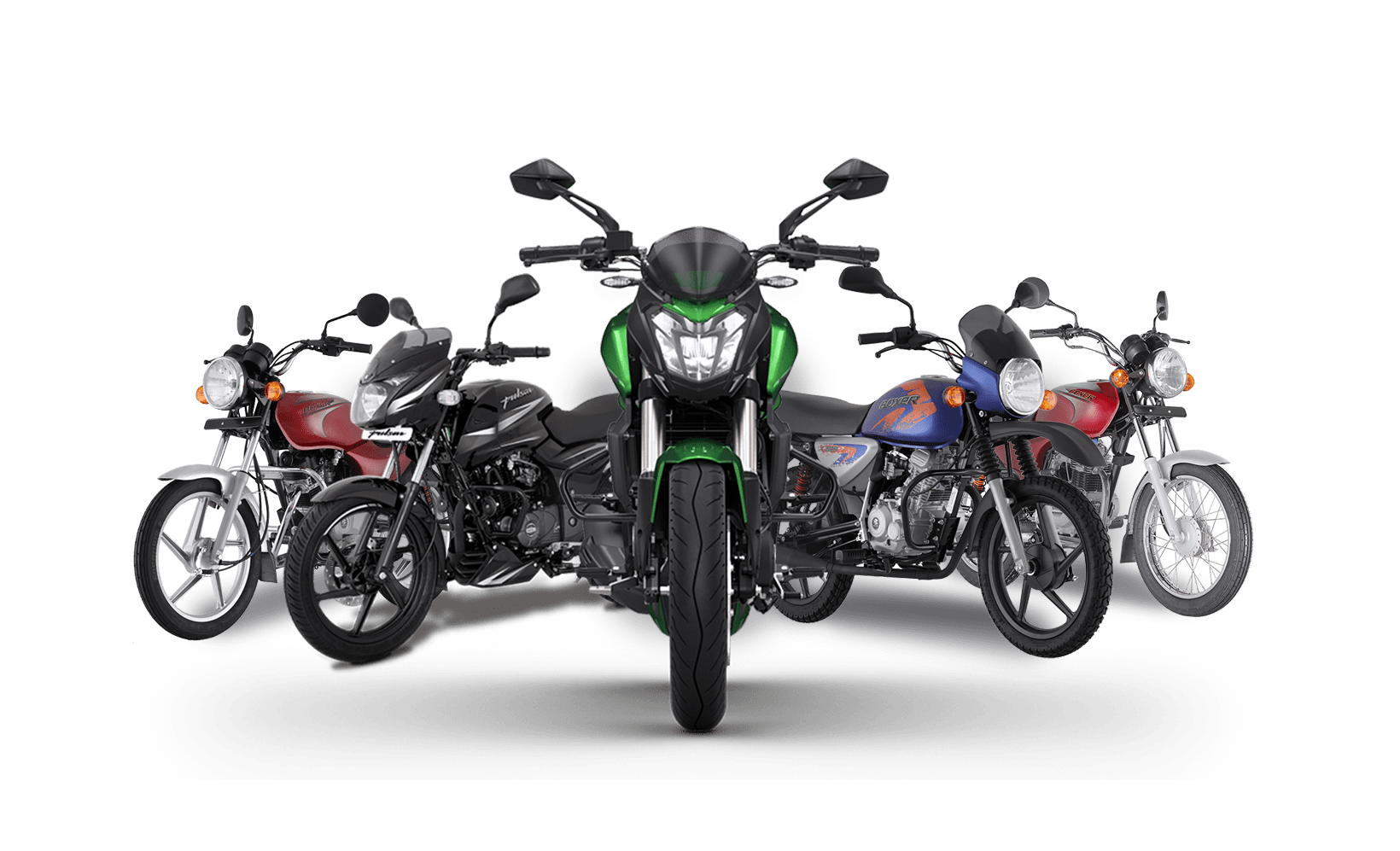 INTRACITY PRODUCTS
INTRACITY PRODUCTS
-
 Peru
Peru
-
 Philippines
XWHAT ARE YOU LOOKING FOR?MOTORCYCLE PRODUCTS
Philippines
XWHAT ARE YOU LOOKING FOR?MOTORCYCLE PRODUCTS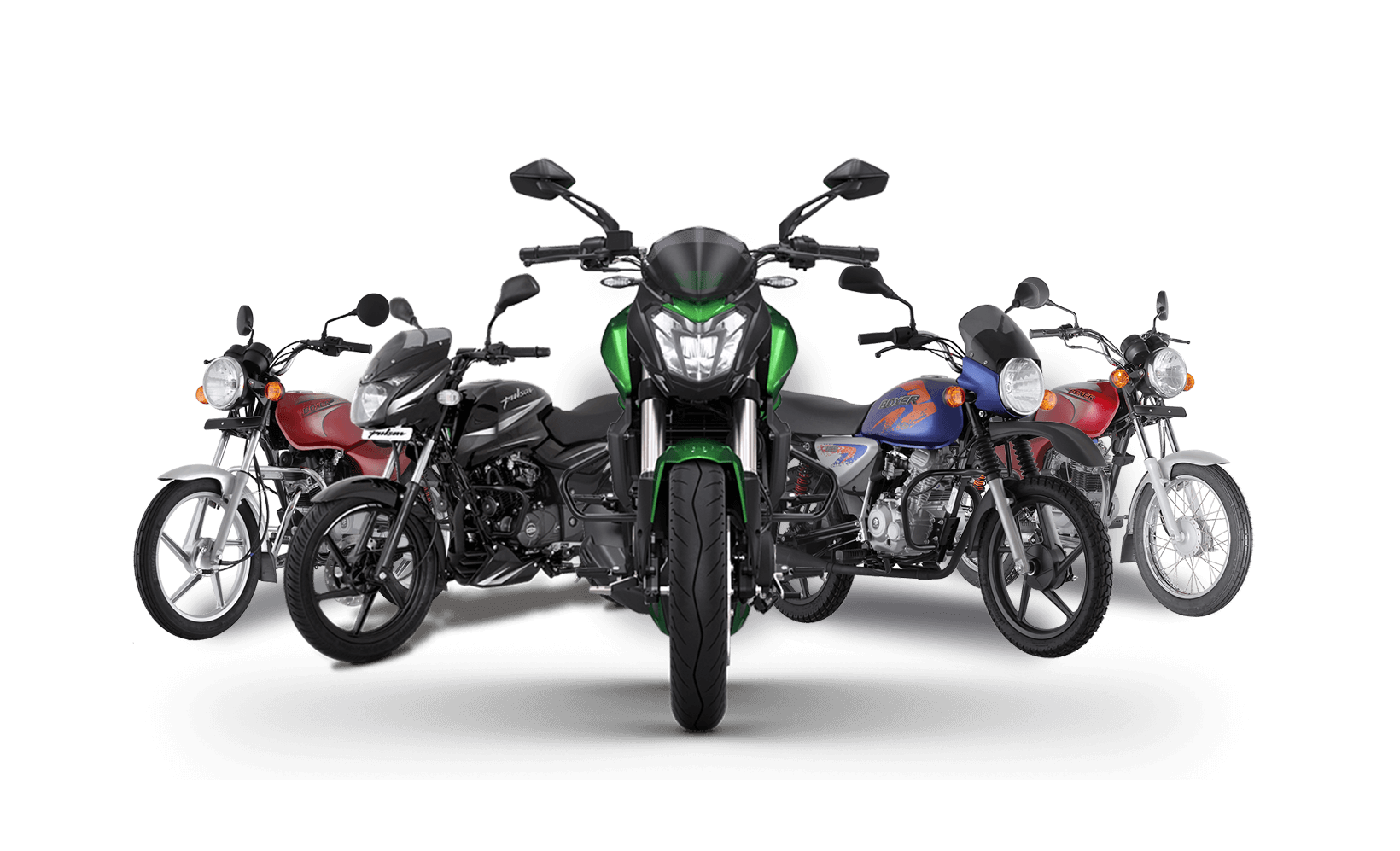 INTRACITY PRODUCTS
INTRACITY PRODUCTS
-
 Poland
Poland
-
 Qatar
Qatar
-
 Republic-of-the-Congo
Republic-of-the-Congo
-
 Russia
Russia
-
 Rwanda
Rwanda
-
 Saudi-Arabia
Saudi-Arabia
-
 Sierra-Leone
Sierra-Leone
-
 South-Africa
South-Africa
-
 Sri-lanka
Sri-lanka
-
 Sudan
XWHAT ARE YOU LOOKING FOR?MOTORCYCLE PRODUCTS
Sudan
XWHAT ARE YOU LOOKING FOR?MOTORCYCLE PRODUCTS INTRACITY PRODUCTS
INTRACITY PRODUCTS
-
 Tanzania
XWHAT ARE YOU LOOKING FOR?Motorcycles
Tanzania
XWHAT ARE YOU LOOKING FOR?Motorcycles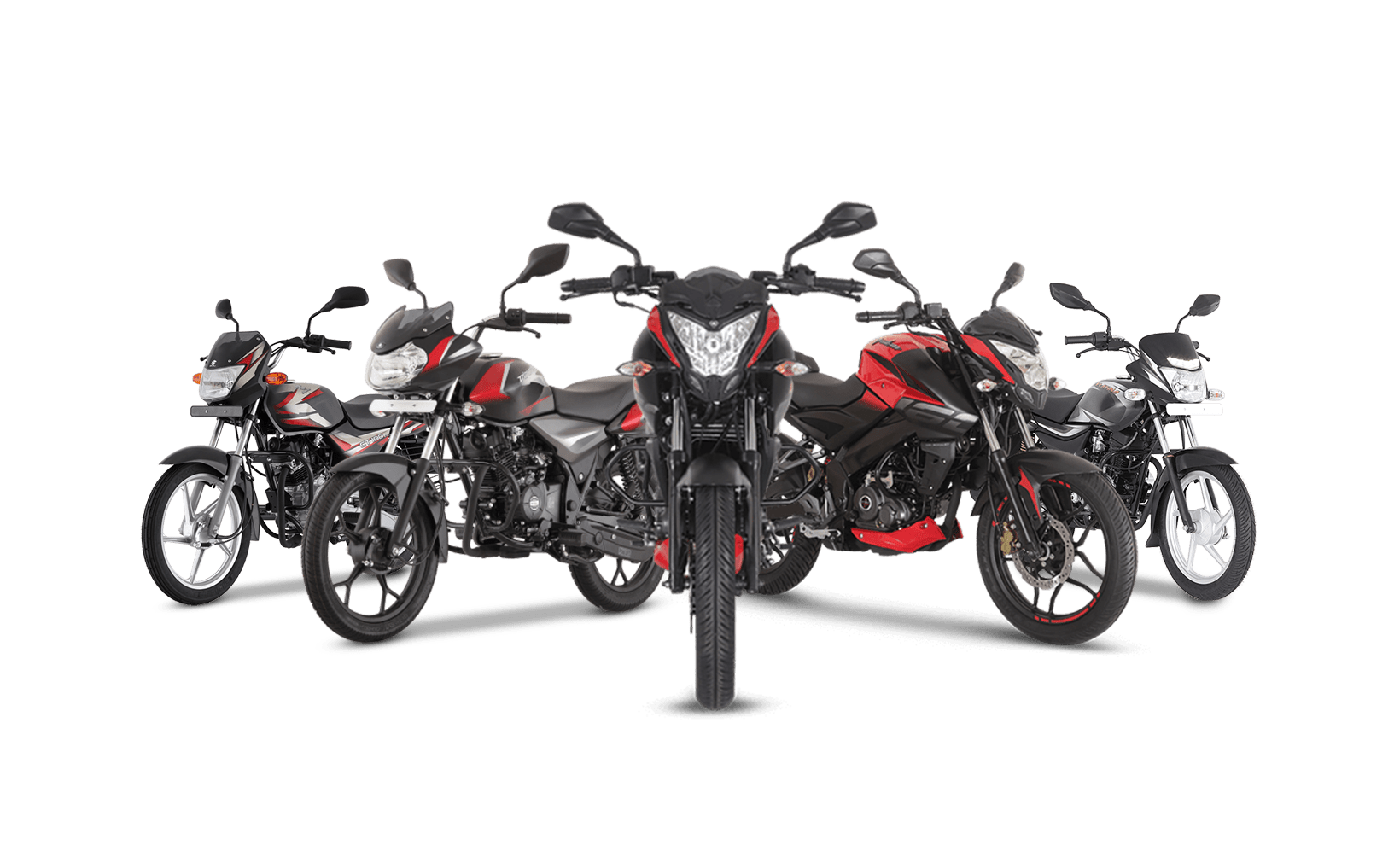 Motorcycles
Motorcycles
-
 Thailand
Thailand
-
 Togo
XWHAT ARE YOU LOOKING FOR?MOTORCYCLE PRODUCTS
Togo
XWHAT ARE YOU LOOKING FOR?MOTORCYCLE PRODUCTS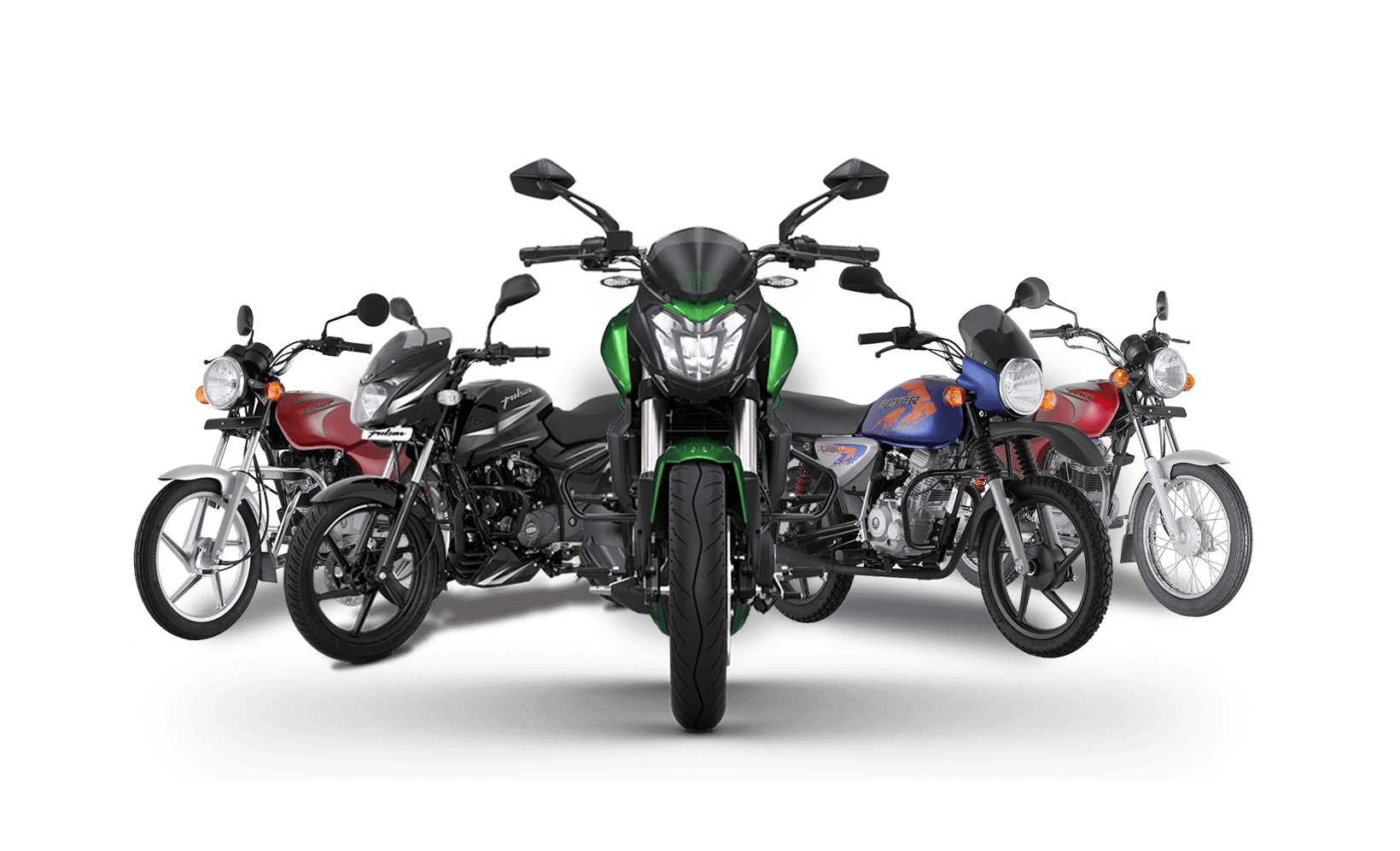 INTRACITY PRODUCTS
INTRACITY PRODUCTS
-
 Turkey
Turkey
-
 UAE
UAE
-
 Uganda
Uganda
-
 Ukraine
Ukraine
-
 Uruguay
Uruguay
-
 Yemen
Yemen
Visit The Global Webpage
-
-

-

-
-
-
DOMINAR
 Back
Back
Explore the world on your terms with Dominar, a Sports Tourer that’s born to sprint and built to explore anyplace your heart desires.
Official Instagram Page: Bajaj_Dominar_Nepal
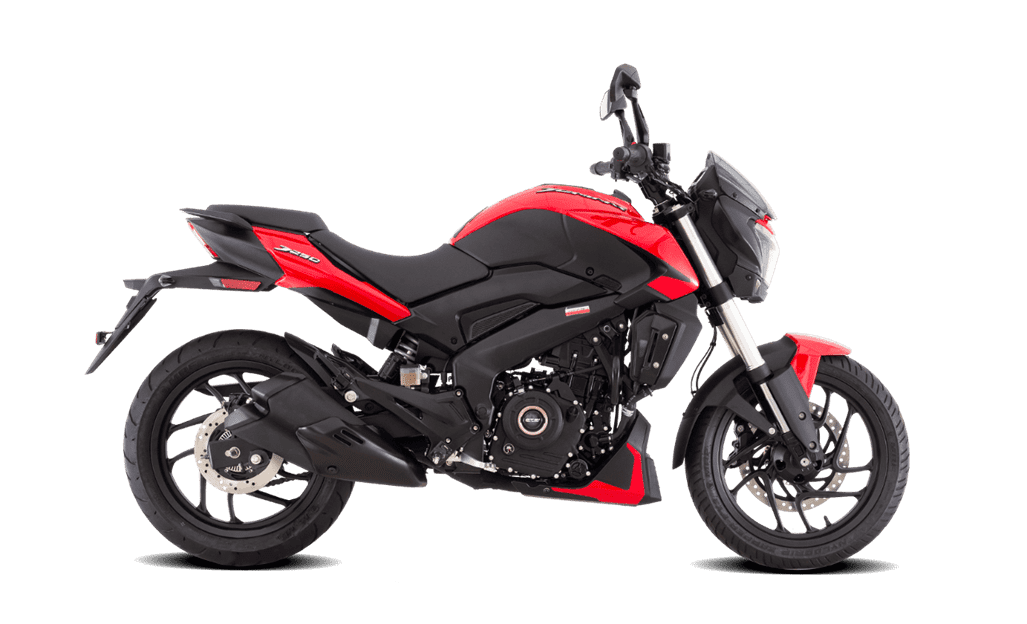
-
PULSAR
 Back
Back
The ultimate sports bike created for the cityscape with the best in class power, handling & torque for every roads of Nepal.
Visit here for all: Bajaj Bikes Price in Nepal

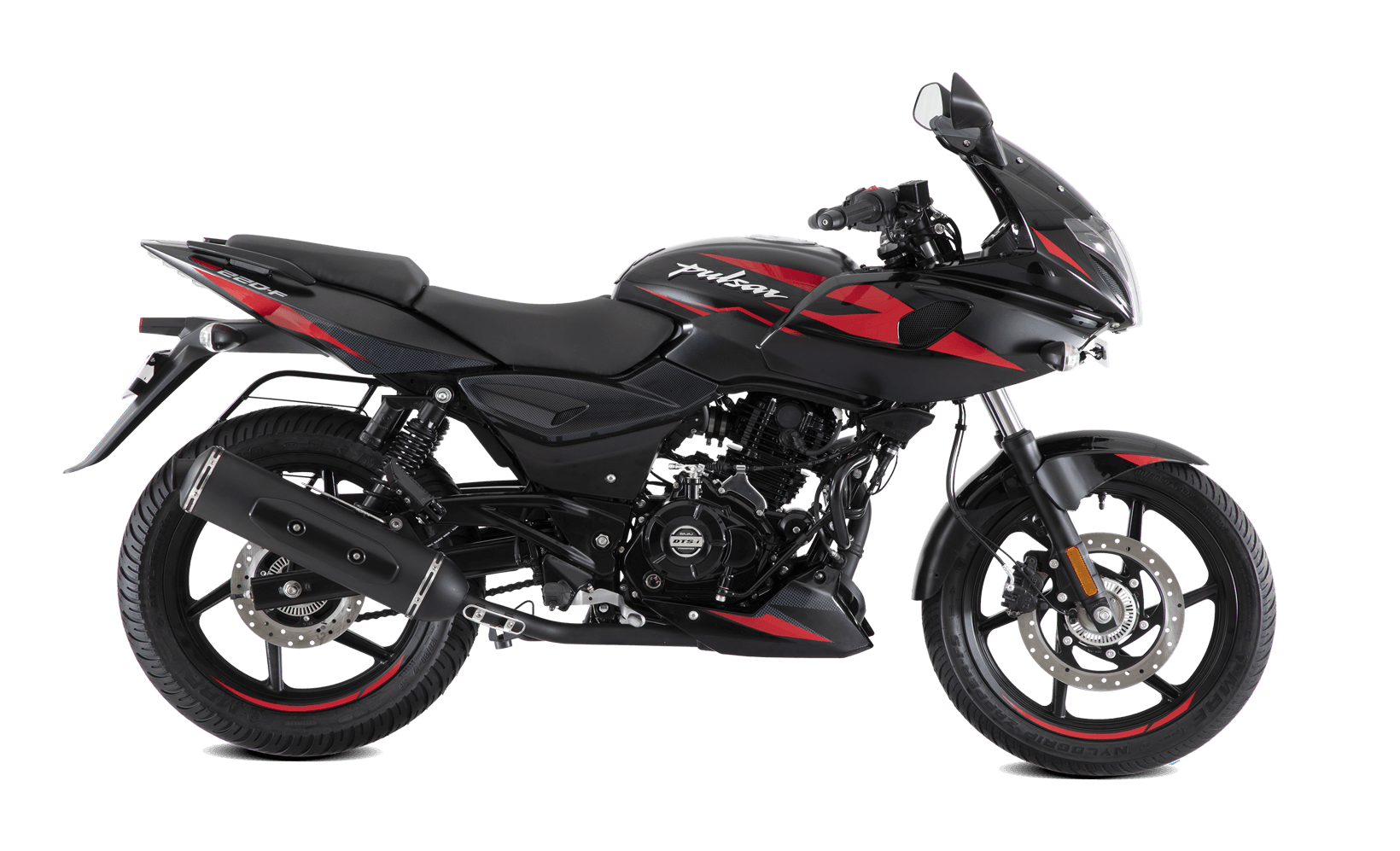
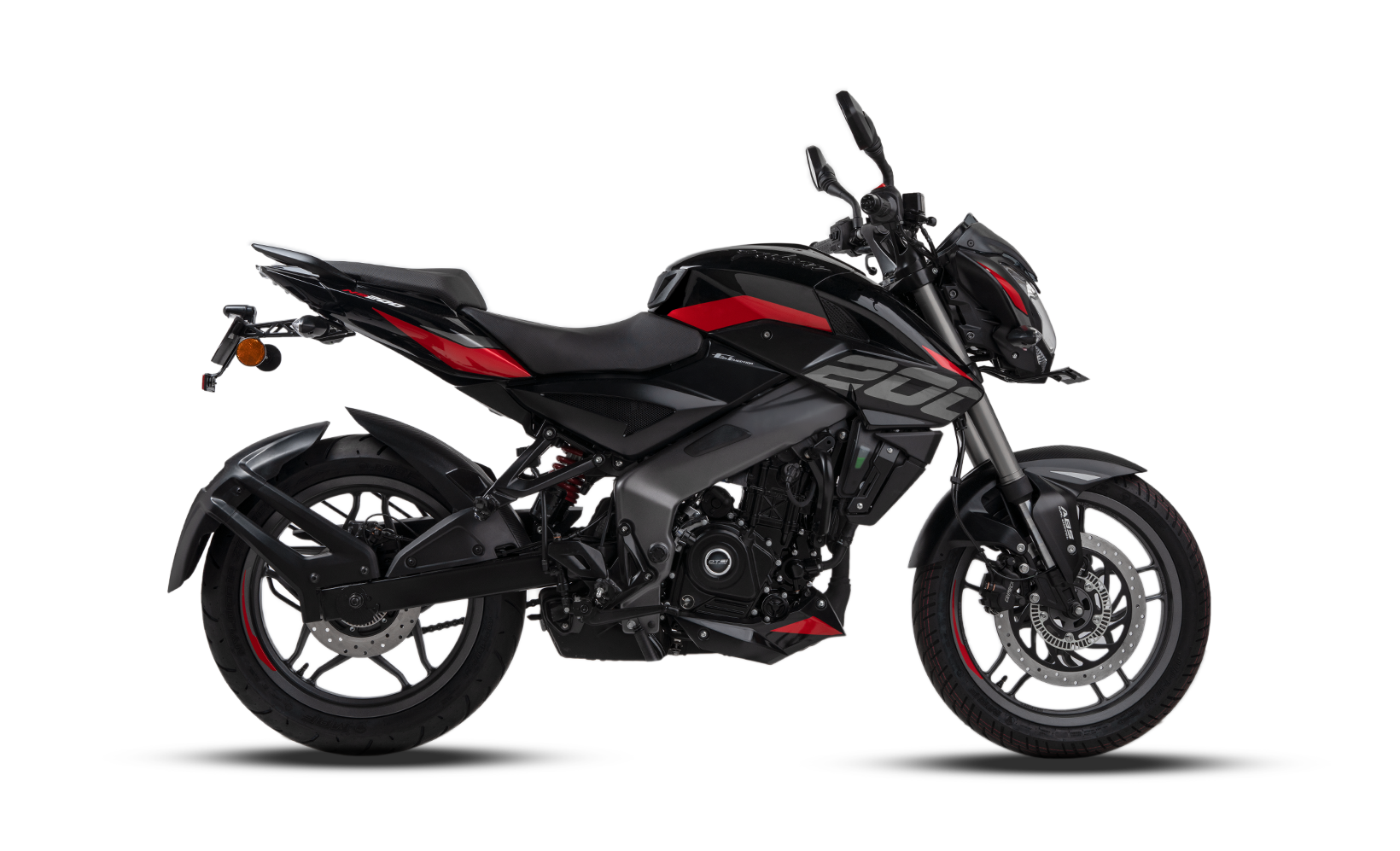

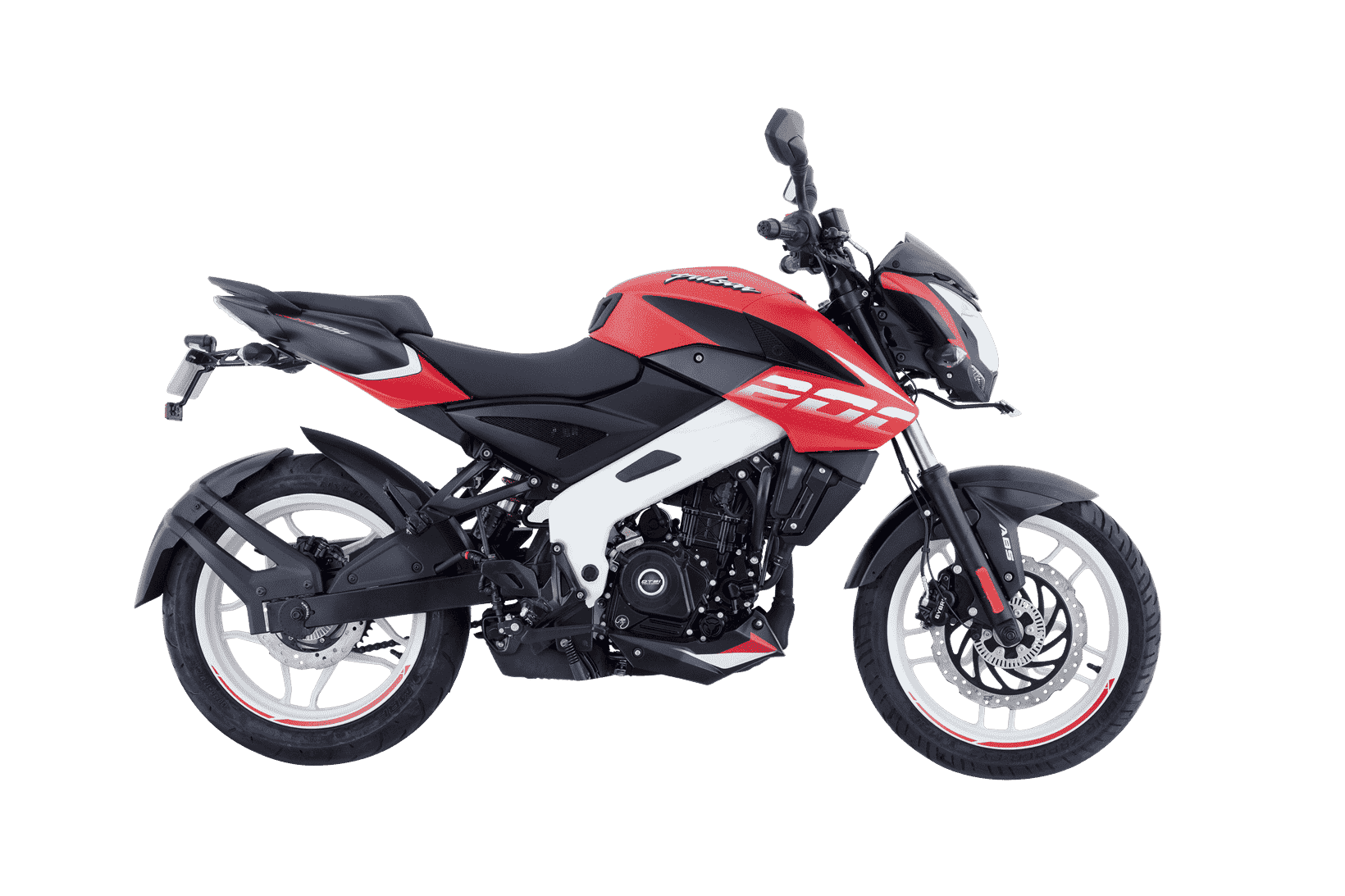
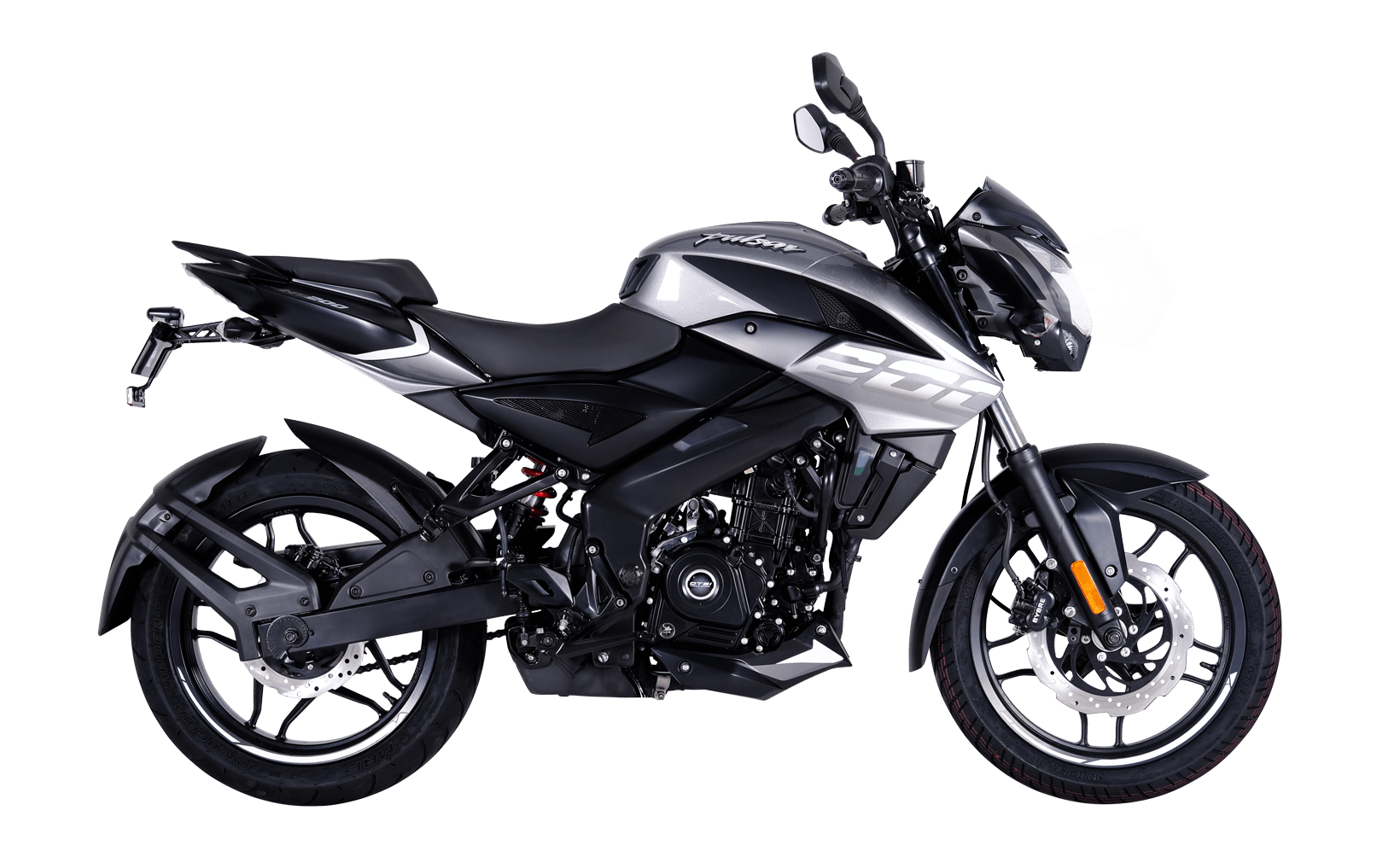
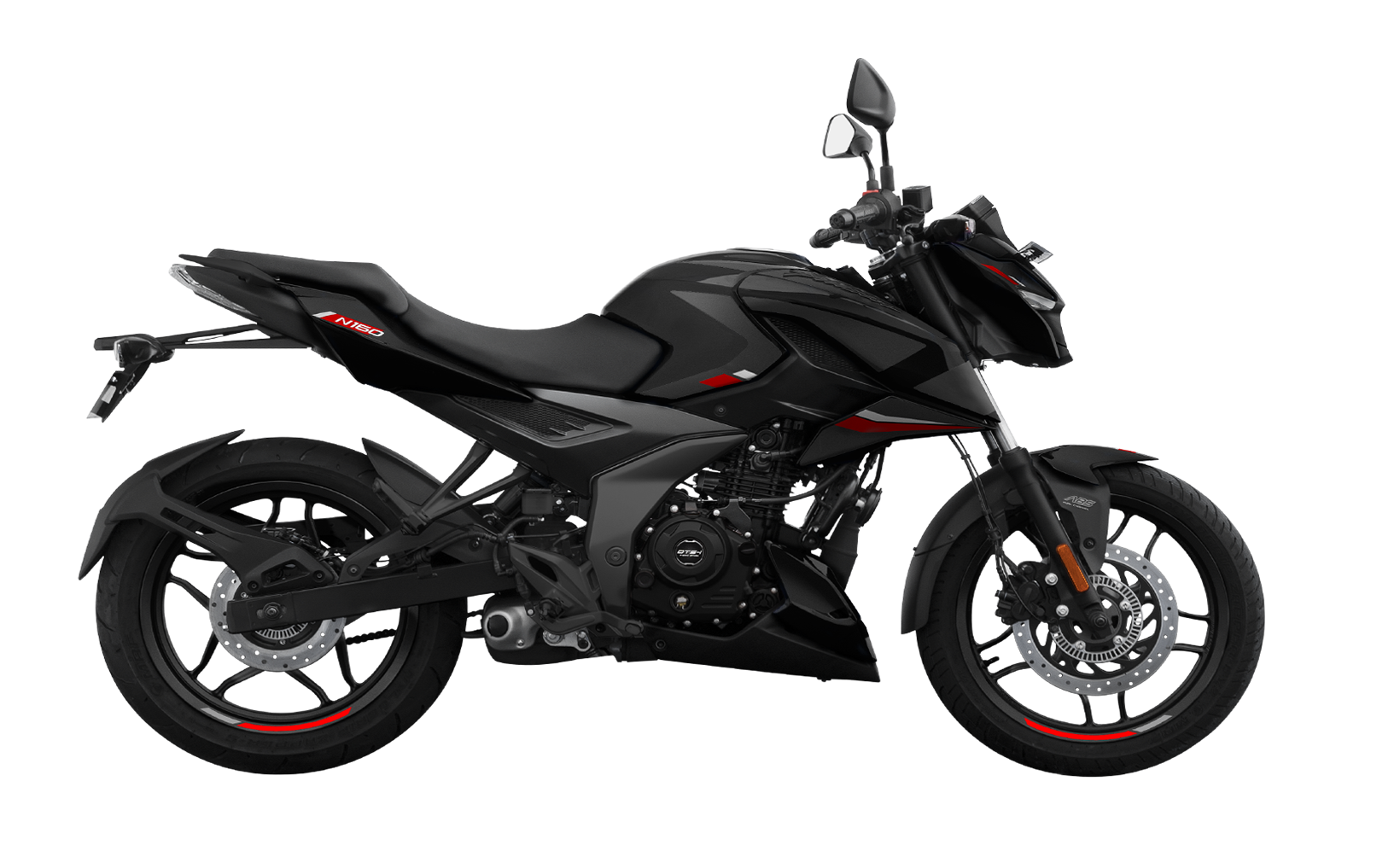
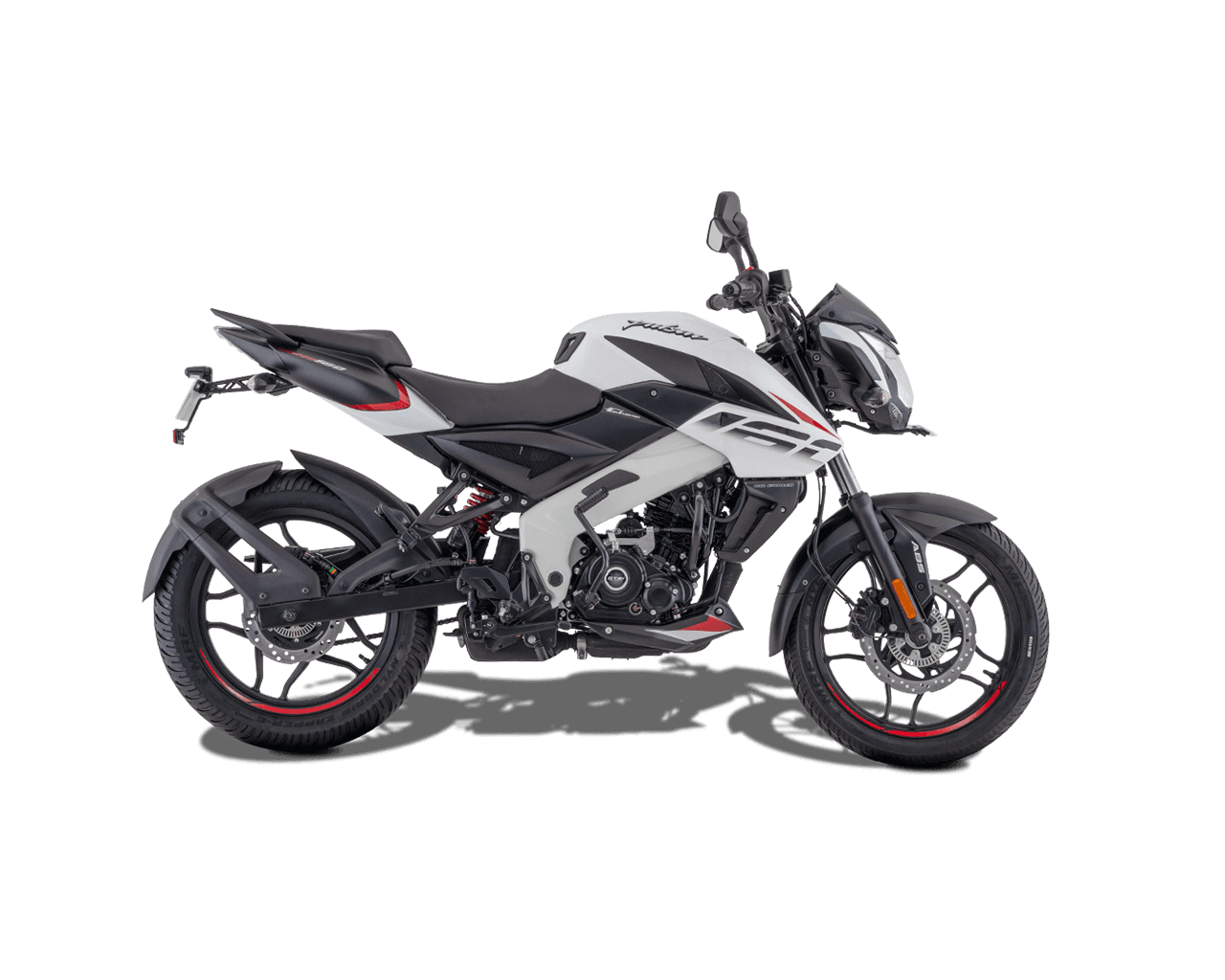
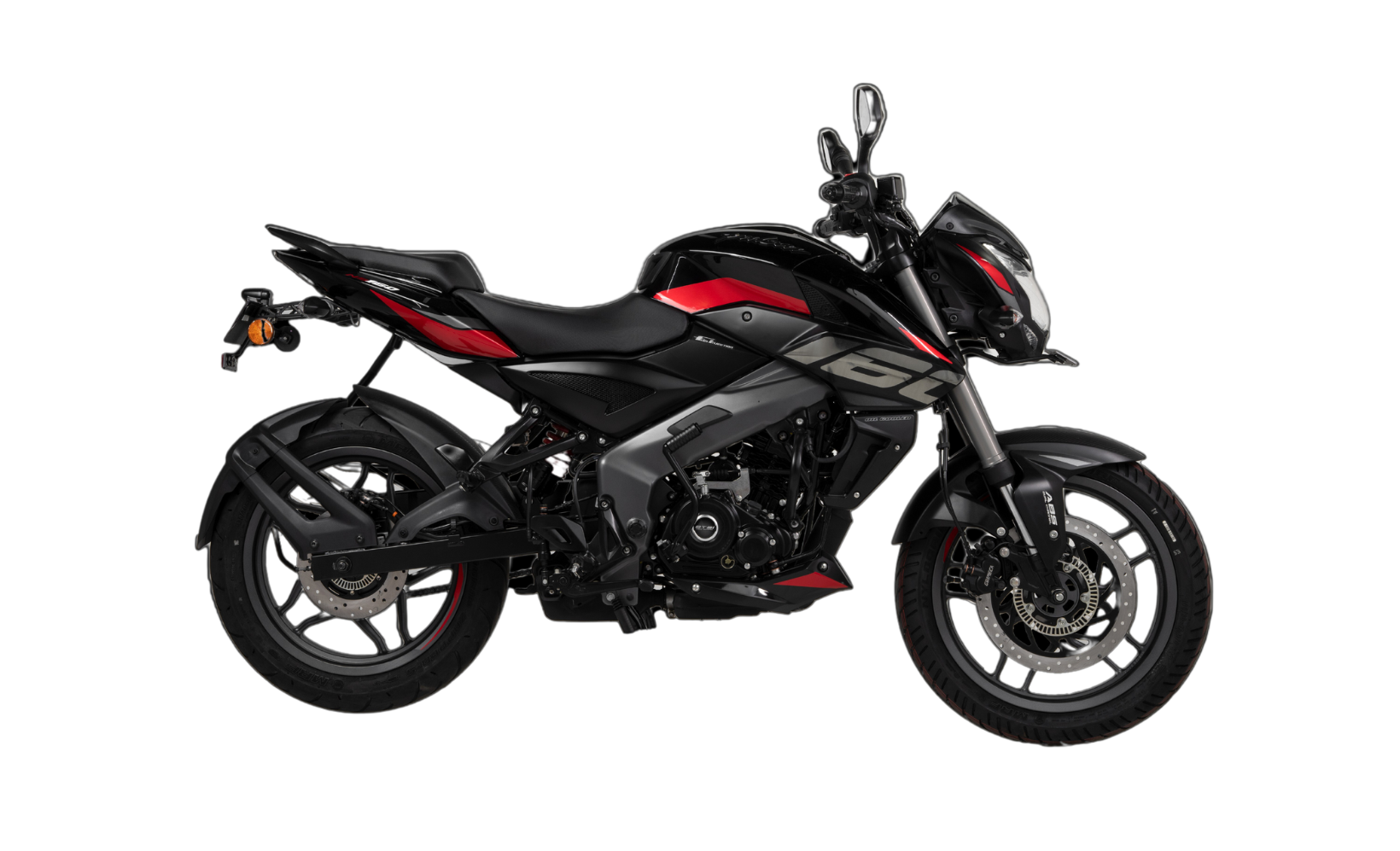
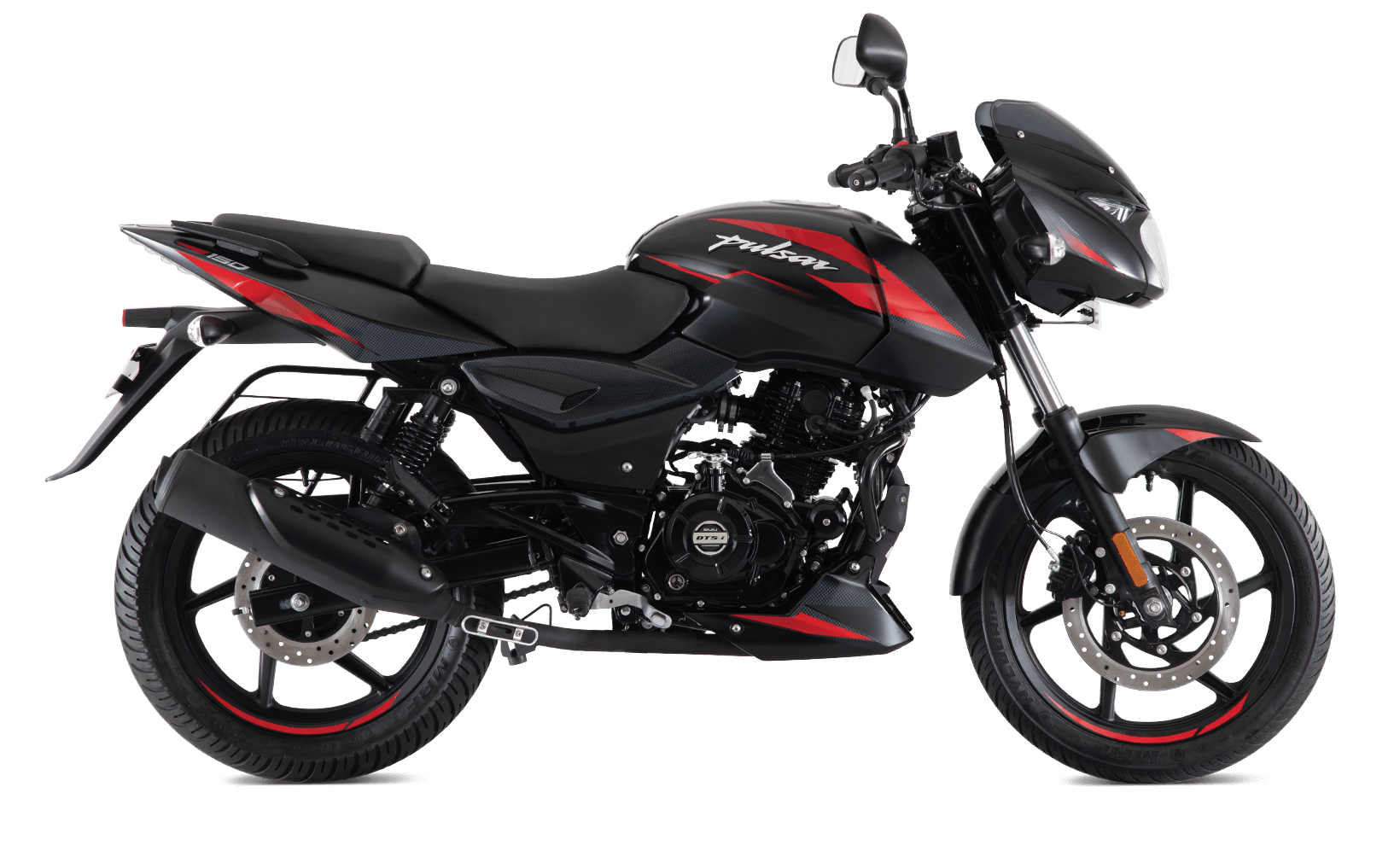
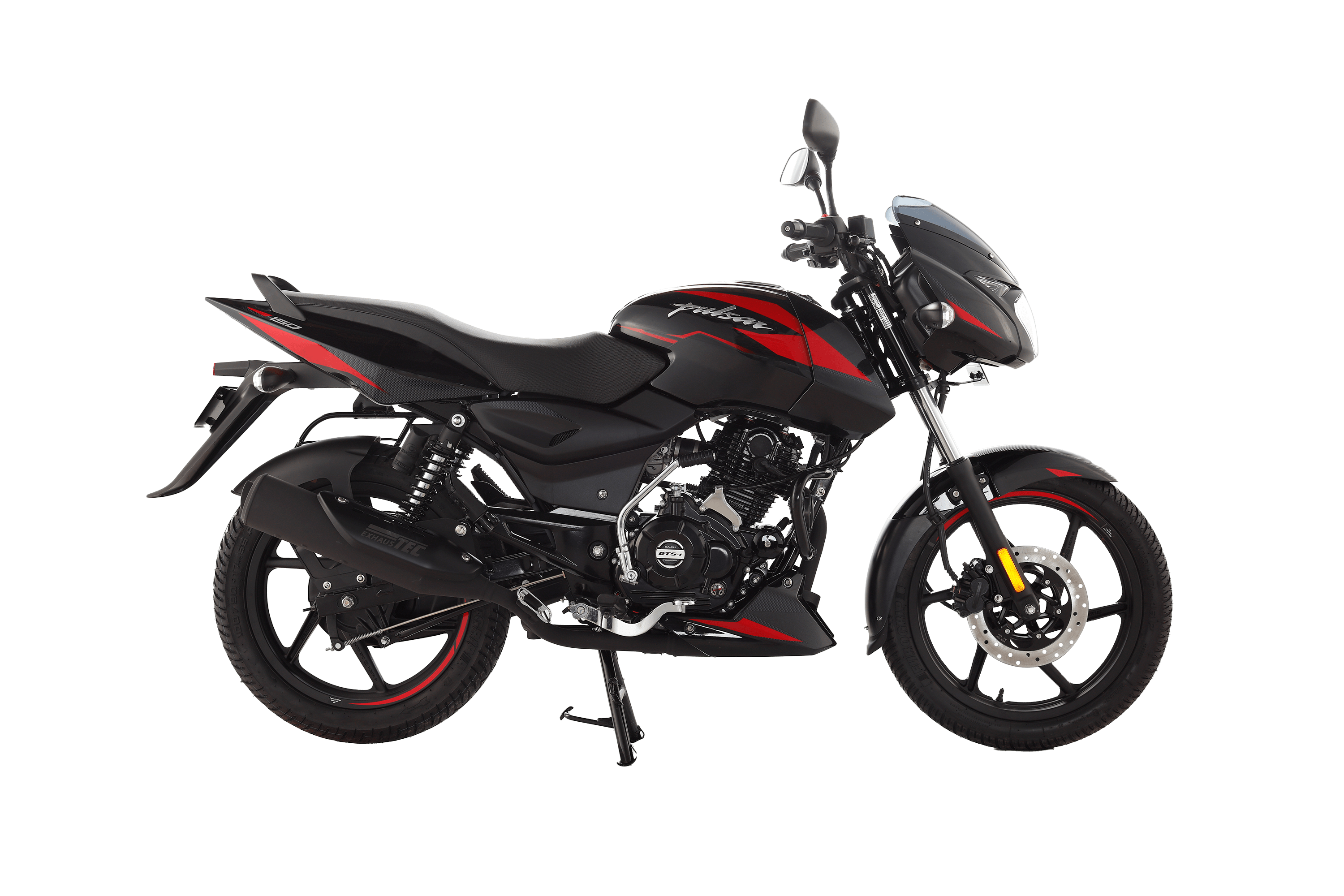
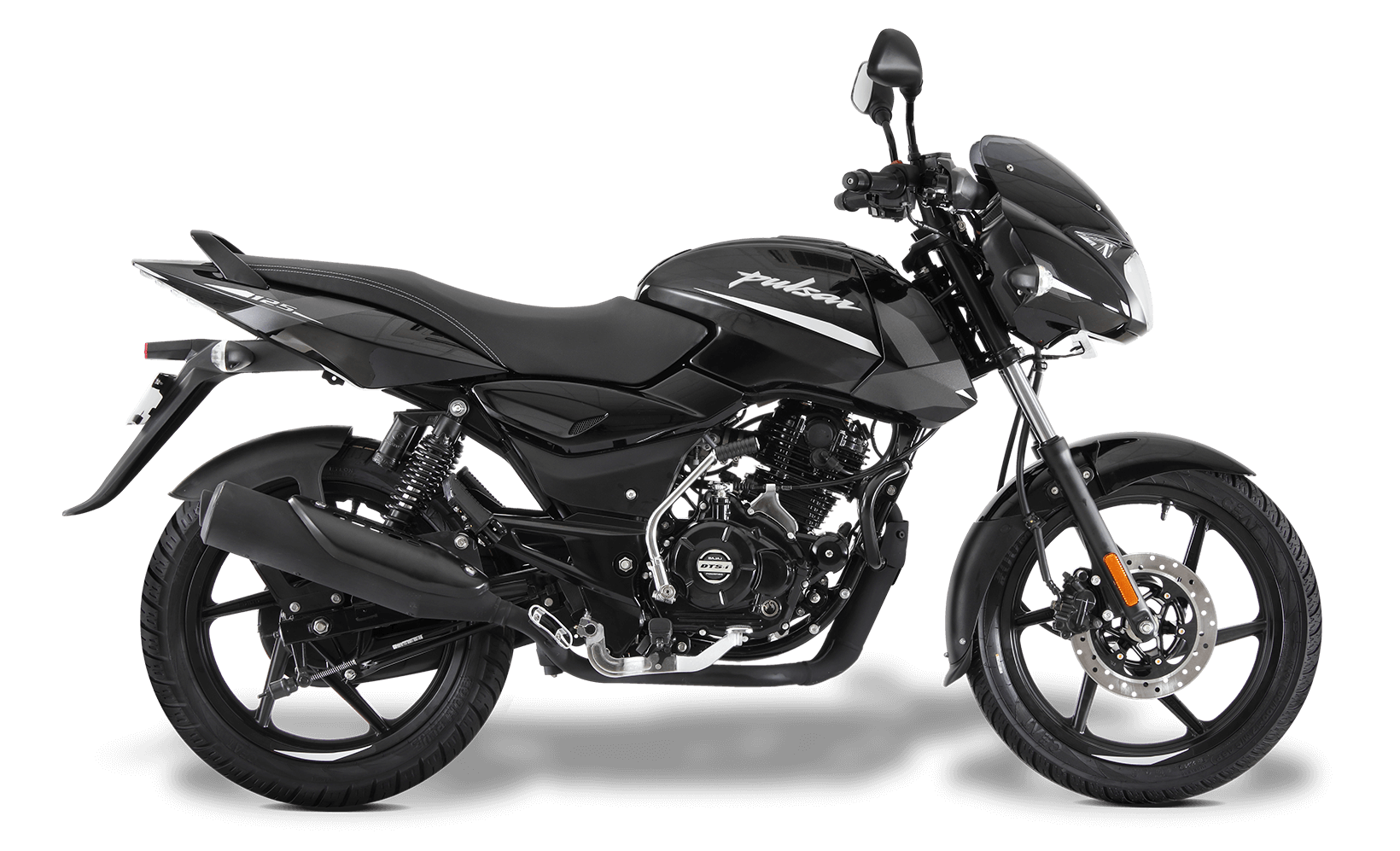
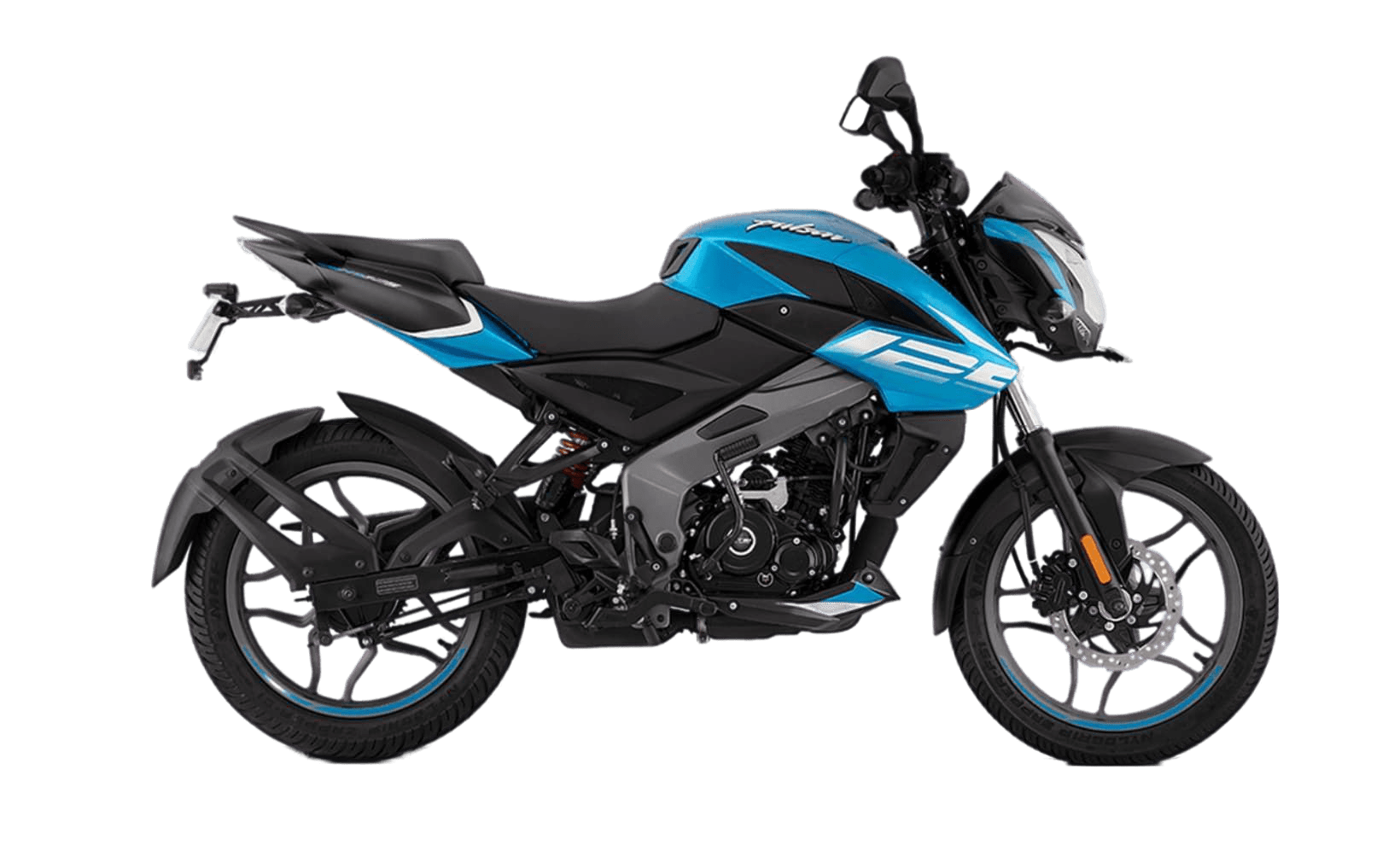

-
DISCOVER
 Back
Back
A stylish-mid ranged bike which stuns you on city streets with the power to ride beyond urban limits.
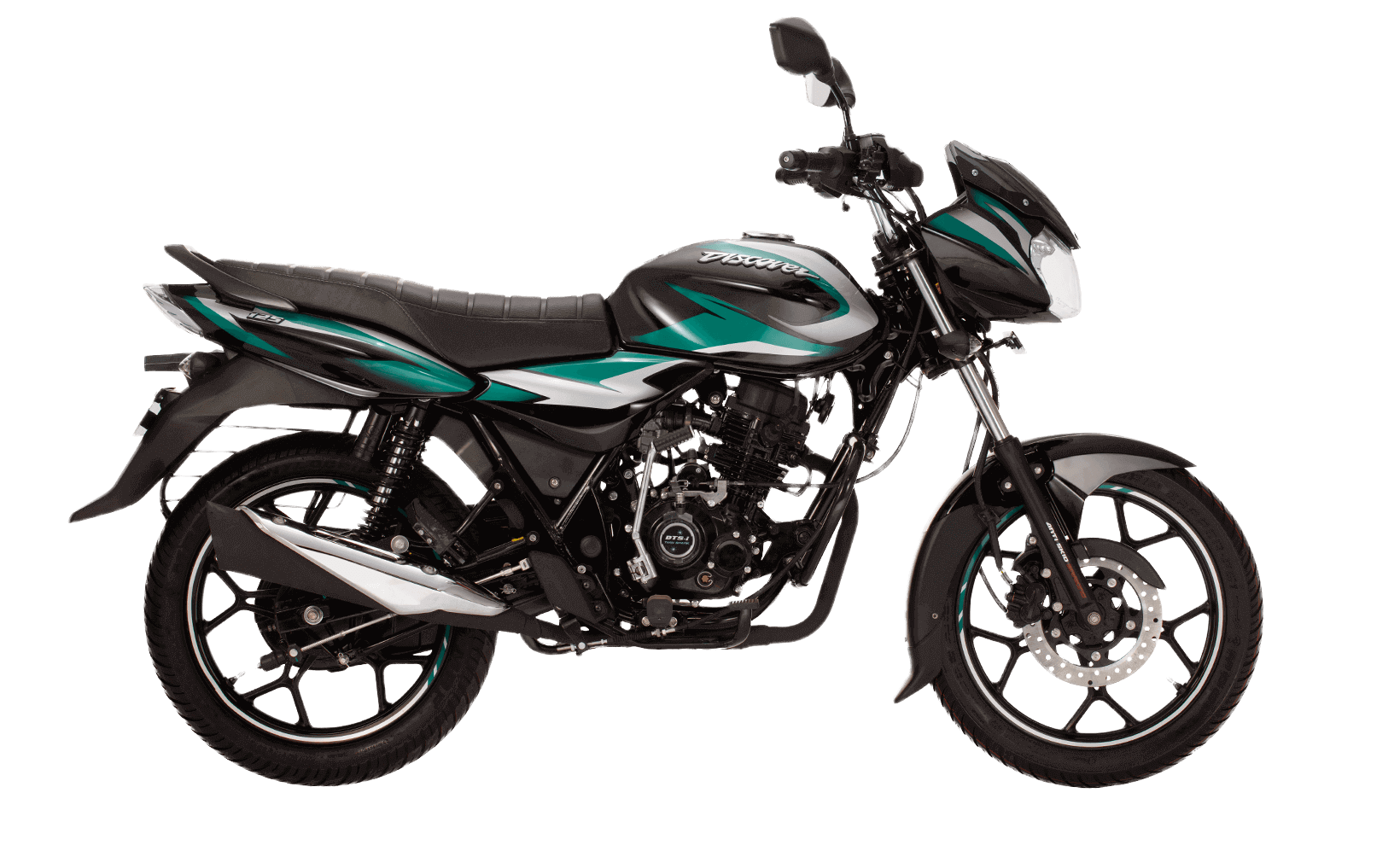

-
AVENGER
 Back
Back
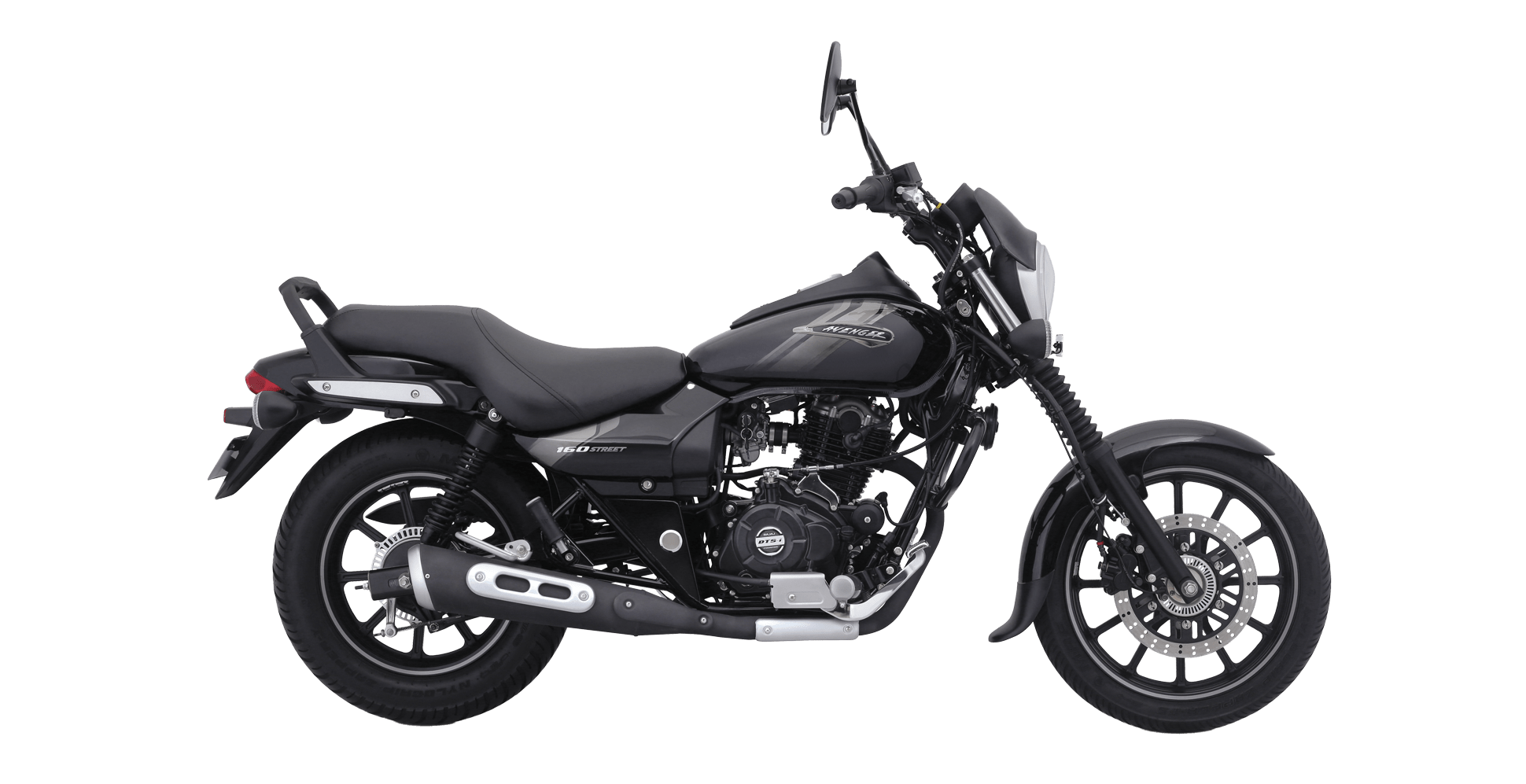
-
PLATINA
 Back
Back
A mileage champion to get the best out every last drop of fuel, durably powering longer journeys.
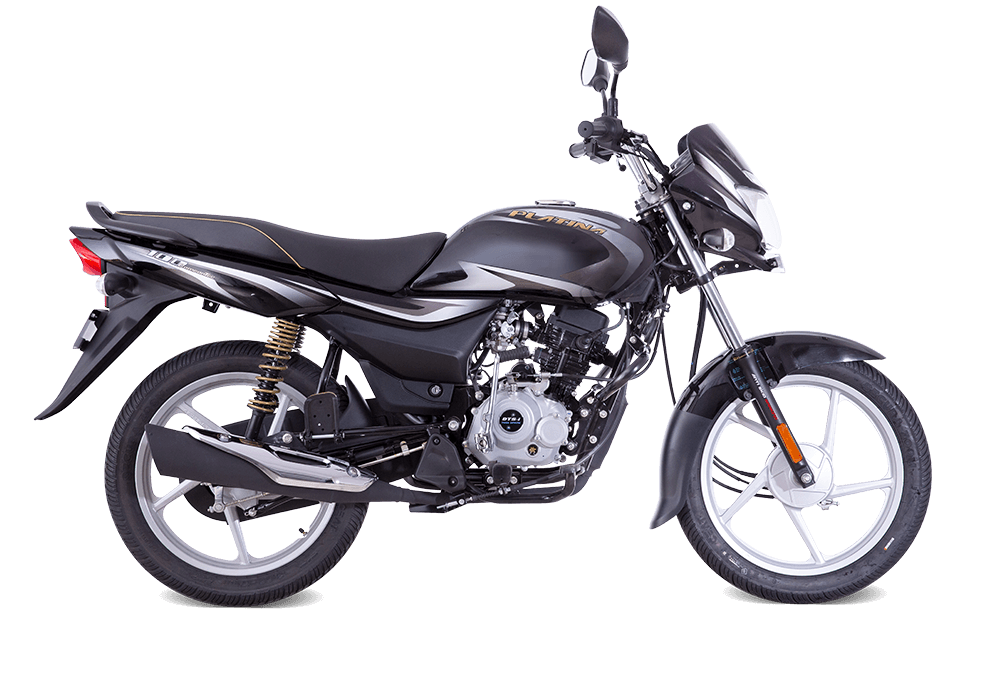
- RE
-
MAXIMA
 Back
Back
Bajaj Maxima CARGO
FIND OUT MORE - Bike Price Lists
- Blog
- Test Ride
- Contact Us
-
en
 NPL
NPL
Choose Your Country
-
 Afghanistan
Afghanistan
-
 Angola
Angola
-
 Argentina
Argentina
- $name
-
 Bangladesh
Bangladesh
-
 Belorussia-(Belarus)
Belorussia-(Belarus)
-
 Benin
Benin
-
 Bolivia
Bolivia
-
 Brazil
Brazil
-
 Burkina-Faso
Burkina-Faso
- $name
-
 Cambodia
Cambodia
-
 Cameroon
Cameroon
-
 Chile
Chile
-
 Colombia
Colombia
- $name
-
 Costa-Rica
Costa-Rica
-
 Global
Global
- $name
-
 Dominican-Republic
Dominican-Republic
-
 Ecuador
Ecuador
-
 Egypt
Egypt
-
 El-Salvador
El-Salvador
-
 Ethiopia
XWHAT ARE YOU LOOKING FOR?MOTORCYCLE PRODUCTS
Ethiopia
XWHAT ARE YOU LOOKING FOR?MOTORCYCLE PRODUCTS INTRACITY PRODUCTS
INTRACITY PRODUCTS
-
 Ghana
Ghana
-
 Greece
Greece
-
 Guatemala
Guatemala
-
 Guinea
Guinea
-
 Haiti
Haiti
-
 Honduras
Honduras
-
 India
India
- $name
-
 Iraq
Iraq
-
 Kazakhstan
Kazakhstan
-
 Kenya
Kenya
-
 Kuwait
Kuwait
-
 Lebanon
Lebanon
-
 Liberia
Liberia
-
 Madagascar
Madagascar
-
 Malaysia
Malaysia
-
 Mali
Mali
-
 Mauritius
Mauritius
-
 Mexico
Mexico
- $name
- $name
-
 Myanmar
Myanmar
-
 Nepal
Nepal
-
 Nicaragua
Nicaragua
-
 Nigeria
XWHAT ARE YOU LOOKING FOR?MOTORCYCLE PRODUCTS
Nigeria
XWHAT ARE YOU LOOKING FOR?MOTORCYCLE PRODUCTS INTRACITY PRODUCTS
INTRACITY PRODUCTS
-
 Peru
Peru
-
 Philippines
XWHAT ARE YOU LOOKING FOR?MOTORCYCLE PRODUCTS
Philippines
XWHAT ARE YOU LOOKING FOR?MOTORCYCLE PRODUCTS INTRACITY PRODUCTS
INTRACITY PRODUCTS
-
 Poland
Poland
- $name
-
 Qatar
Qatar
-
 Republic-of-the-Congo
Republic-of-the-Congo
-
 Russia
Russia
-
 Rwanda
Rwanda
-
 Saudi-Arabia
Saudi-Arabia
-
 Sierra-Leone
Sierra-Leone
- $name
-
 South-Africa
South-Africa
- $name
-
 Sri-lanka
Sri-lanka
-
 Sudan
XWHAT ARE YOU LOOKING FOR?MOTORCYCLE PRODUCTS
Sudan
XWHAT ARE YOU LOOKING FOR?MOTORCYCLE PRODUCTS INTRACITY PRODUCTS
INTRACITY PRODUCTS
-
 Tanzania
XWHAT ARE YOU LOOKING FOR?Motorcycles
Tanzania
XWHAT ARE YOU LOOKING FOR?Motorcycles Motorcycles
Motorcycles
-
 Thailand
Thailand
-
 Togo
XWHAT ARE YOU LOOKING FOR?MOTORCYCLE PRODUCTS
Togo
XWHAT ARE YOU LOOKING FOR?MOTORCYCLE PRODUCTS INTRACITY PRODUCTS
INTRACITY PRODUCTS
-
 Turkey
Turkey
-
 UAE
UAE
-
 Uganda
Uganda
-
 Ukraine
Ukraine
-
 Uruguay
Uruguay
-
 Yemen
Yemen
- $name
Visit The Global Webpage
-
-
DOMINAR
Why USD Forks Matter: Exploring the Impact on Bike Performance
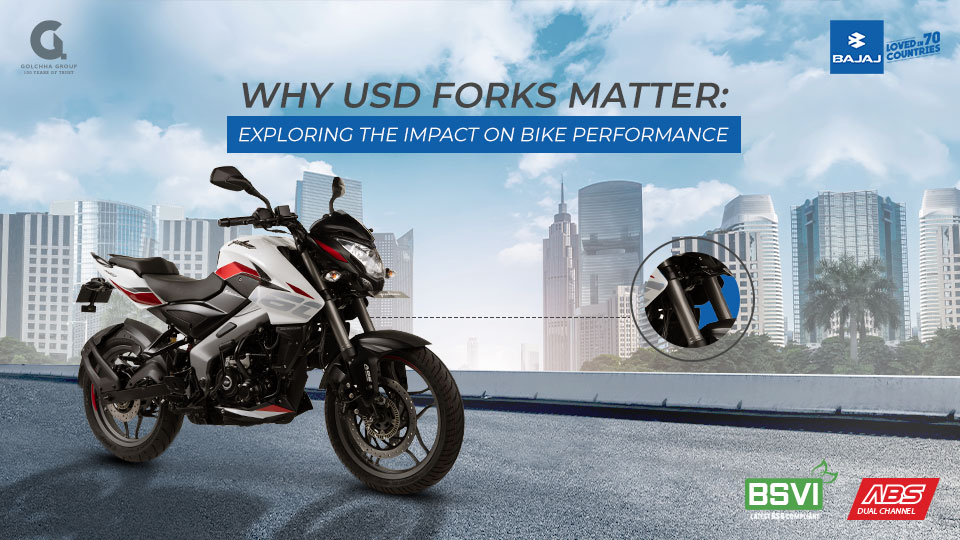
If you are a motorbike enthusiast, your dream bike is the one that gives you undisputed performance on any kind of road: smooth or bends, right? But what contributes to this performance is the bike's suspension! While both suspensions of the bikes: rear and front, have distinct functions, the front suspension has extra duties like steering and absorbing the extreme stress that abrupt braking places on it. Since the late 1930s, telescopic fork suspension has been employed in bikes. However, realizing the benefits of an upside-down fork, the suspension game is slowly shifting to upside-down forks! But why is it? Let us get into the blog and explore why USD forks matter, unraveling their impact on bike performance.
|
Table of Contents Telescopic Forks and USD Forks: What exactly are they? Why Do USD Forks Matter in bikes? 4 Reasons More Rigid Setup Reduced Unsprung Weight Better Positioning of the Brake Caliper Reduced Friction Conclusion FAQs |
Telescopic Forks and USD Forks: What exactly are they?
Since the 1930s, telescopic forks have been the most popular front suspension for motorbikes. They consist of two parallel tubes, with one sliding inside the other. While the outer tube is joined to the bike's steering head, the inner tube supports the wheel and is connected to the frame. Telescopic forks cannot meet the demands of these extreme vehicles regarding severe applications like rally bikes and super track bikes.
USD forks, on the other hand, feature an inverted configuration with the smaller diameter tube on top and the bigger diameter tube at the bottom. USD forks offer the bike a higher capacity to travel over bumps and meet the requirements of the bike, especially under extreme conditions. The USD fork has gained popularity for high-performance street bikes after being originally used for racing motorbikes in the late 1980s.
Today, many bikes in Nepal are equipped with advanced USD forks. Among the leading competitors in Nepal, the prestigious Bajaj Nepal has seized the lead by significantly improving its bikes. With the introduction of models Bajaj Pulsar NS200 FI Dual ABS BS6 and Bajaj Pulsar NS160 FI Dual ABS BS6 Bajaj proudly asserts that they are the most excellent bikes in Nepal by fitting themselves with advanced USD forks. This is in addition to their existing popular models Bajaj Dominar 400 BS6 and Bajaj Dominar 250 BS6, which include the same advanced USD forks.
Why Do USD Forks Matter in bikes? 4 Reasons
More Rigid Setup
The greater stiffness of USD forks is one of its key benefits. The stanchion tubes of conventional telescopic forks are thinner and less robust, which can lead to flexing and bending in harsh situations. The bigger diameter tube at the bottom of USD forks creates a more rigid configuration that decreases flex and enhances stability and rider feel.
Reduced Unsprung Weight
The decreased unsprung weight of USD forks is an additional benefit. Unsprung weight is the term used to describe the weight of the motorcycle's parts, such as the wheels, brakes, and swingarm, which are not supported by the suspension. USD forks lower the unsprung weight by placing the heavier portion of the fork towards the bottom, which enhances suspension performance and improves handling.
Better Positioning of the Brake Caliper
Another benefit is the superior installation position for brake calipers that upside-down forks provide. The caliper is positioned on the underside of the fork leg, which directs the braking effort on the stiffer slider rather than the more flexible stanchion. This results in better brake performance, particularly during hard braking.
Reduced Friction
Additionally, USD forks have less friction between the slider and stanchion. In conventional telescopic forks, friction caused by the stanchion sliding inside the slider can impair suspension performance. With USD forks, the slider moving within the stanchion achieves less friction and better suspension performance.
Conclusion
Summing up, USD forks are superior to conventional telescopic forks in many ways, including higher stiffness, less unsprung weight, improved brake caliper location, and decreased friction.
While it is a little heavy on your wallet, the advantages of USD forks make them the best option for high-performance bikes.
So, if you're on the hunt for high-performing bikes in Nepal, get the ones with USD forks!
And if you are thinking about the best bikes with USD forks, Bajaj Nepal has got you covered! Presenting to you the incredible bikes of Bajaj: Bajaj Pulsar NS200 FI Dual ABS BS6, Bajaj Pulsar NS160 FI Dual ABS BS6, Bajaj Dominar 400 BS6 and Bajaj Dominar 250 BS6!
Visit the nearest Bajaj showroom and get these Bajaj bikes today!
FAQs
-
What is the benefit of USD forks?
The benefit of USD forks includes higher stiffness, less unsprung weight, improved brake caliper location, and decreased friction, overall letting the rider experience a smooth ride, even on challenging roads.
-
Why are USD forks more commonly used in high-performance motorcycles?
USD forks are more commonly used in high-performance motorcycles as they deliver improved handling and suspension performance.
-
Do USD forks require more maintenance than traditional telescopic forks?
No, USD forks do not require any more maintenance than traditional telescopic forks.
-
Are there any disadvantages to using USD forks?
While there are no significant disadvantages to using USD forks, they can be more expensive than traditional telescopic ones.
5. Which bike models in Nepal are equipped with advanced USD forks?
Four models of Bajaj, including Bajaj Pulsar NS200 FI Dual ABS BS6, Bajaj Pulsar NS160 FI Dual ABS BS6, Bajaj Dominar 400 BS6 and Bajaj Dominar 250 BS6, are equipped with advanced USD forks in Nepal.





